These Antioxidant-Rich Snacks Slow Wet AMD Progression

TURNS OUT, CARROTS are just the tip of the iceberg when it comes to foods that are good for your eyes. While Wet AMD—the chronic kind of age-related macular degeneration (AMD)—rarely leads to total blindness, it can stop you from activities like driving and reading. Eating antioxidant-rich foods (like the snacks in this slideshow) along with diligently taking your meds might help slow down that progression. Who’s hungry?

A well-balanced diet, rich in fruits, vegetables, whole grains, seafood, nuts, and seeds has been shown to help promote health, including that of your eyes. “Certain nutrients help maintain healthy eyes primarily because of their role in regulating inflammation,” says Kristin Gillespie, R.D., a registered dietitian and certified nutrition support clinician in Virginia Beach, VA.
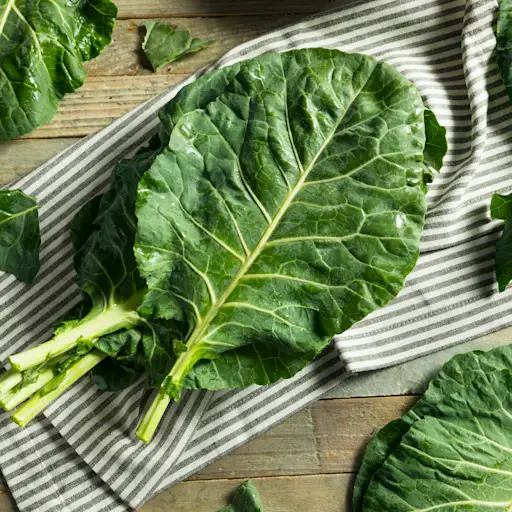
No, lutein and zeaxanthin aren’t Greek gods. They’re antioxidant-packed carotenoids (a.k.a. key phytonutrients generally found in pistachios and dark green leafy veggies), and they’re crucial to maintaining eye health because they help slow damage to healthy cells. “Fruits and vegetables, in general, are excellent for promoting eye health as a result of their rich antioxidant contents,” says Laura Ali, RDN, a registered dietitian and culinary nutritionist in Pittsburgh whose father had AMD. “Antioxidants are important because they help prevent cellular damage throughout the body, including within the retina.”
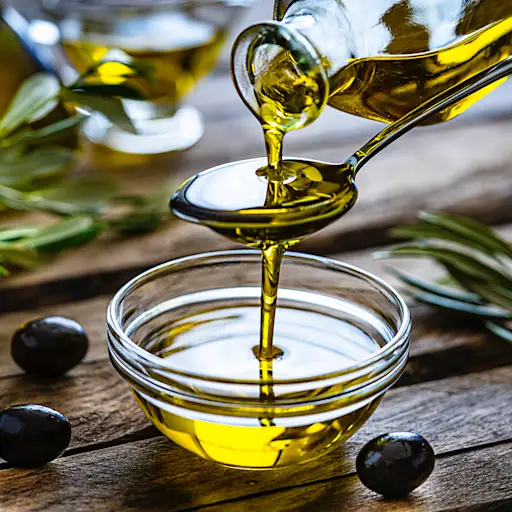
Cooking lutein- and zeaxanthin-containing produce helps your body better absorb them as does preparing them with a healthy oil, such as olive oil. “Olive oil is rich in antioxidants and thought to have eye-protective properties of its own,” Gillespie says. “Therefore cooking your leafy greens in olive oil may boost their nutritional content and impact on eye health.” Consider snacking on sautéed spinach in olive oil or add arugula to a slice of pizza for a midafternoon snack to help your body get the full benefit of these carotenoids. Egg yolks are also rich in lutein so pack some hardboiled eggs when you’re on the go.
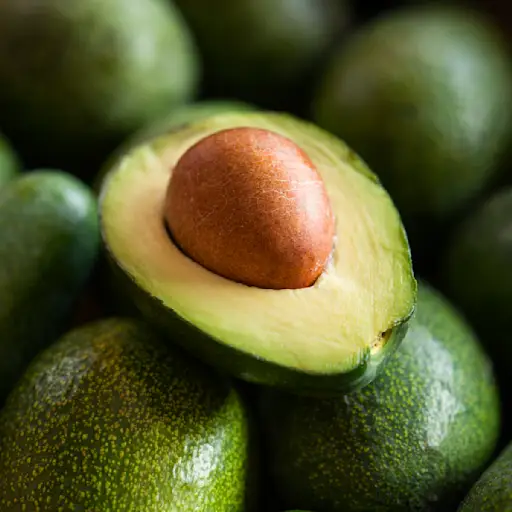
For optimal retinal health, you’ll want to consider becoming BFFs with foods filled with omega-3 fatty acids such as walnuts, albacore tuna, and avocados. “They’re anti-inflammatory in nature and regulating inflammatory pathways may help prevent macular degeneration,” says Gillespie. Researchers have found that people who ate fish at least once a week had a lower risk for developing Wet AMD than those who did not eat fish, Ali adds.
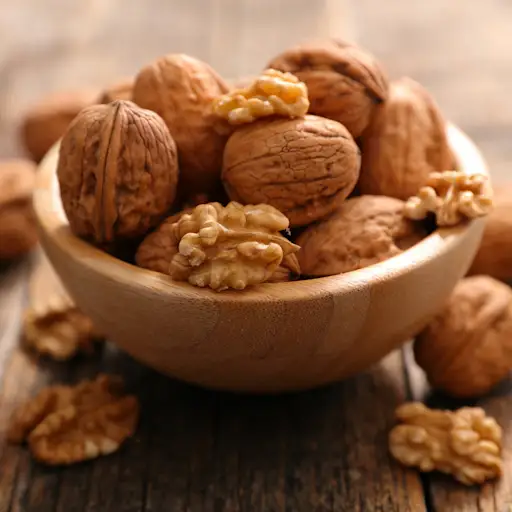
Aim to get your omega 3s in whole-food form whenever possible, says Ali. “Many health organizations, including the Dietary Guidelines for Americans, recommend eating at least eight ounces of seafood a week to get approximately 250 mg of DHA and EPA Omega-3 fatty acids.” Fish not your thing? Reach for a handful of walnuts or drizzle EVOO in a half avocado for maximum eye health benefit.

To protect your eyes, aim to snack on vitamin C rich foods such as citrus fruits, strawberries, red peppers and kiwi, says Lisa Young, Ph.D., R.D., a nutritionist in private practice in New York City. “These foods are rich in antioxidants and support the health of blood vessels in the eye, which can, in turn, help to prevent or slow AMD and visual acuity loss.”

Getting your fill of vitamin C doesn’t have to mean a hefty glass of OJ. Instead, make it a daily habit to munch on red peppers and carrots with hummus, a kale and baby spinach salad topped with walnuts, a fruit salad with orange, berries and kiwi, a grapefruit with honey or a cup of strawberries and yogurt. “Luckily excess vitamin C intake isn’t generally harmful,” Gillespie says. “This vitamin is water-soluble so anything in excess of what your body needs is excreted in the urine.”
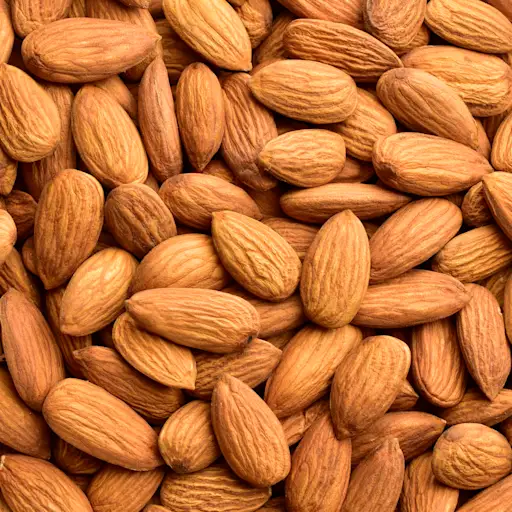
Vitamin E is an antioxidant that protects your eyes from damaging free radicals found in things like tobacco smoke, pesticides and air pollutants. Vitamin E deficiency can weaken light receptors in the retina and affect areas of the eye that are susceptible to oxidative damage. “That’s why you want to be sure to eat foods that are rich in this essential nutrient,” says Ali.
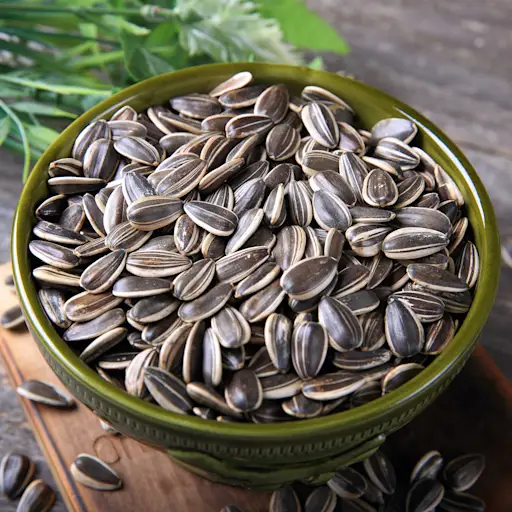
Whole grain crackers and nuts (such as almonds and sunflowers) are the perfect swap for when you’re craving crunch. Just keep an eye on your salt intake “One of the risk factors for Wet AMD is high blood pressure,” says Ali. “If you have high blood pressure you should be mindful of your salt intake and look for unsalted or reduced-sodium options.” And if avocado toast is your jam, have at it—the green goodness comes packed with 28% of your daily requirement of vitamin E. Guacamole every day? We’ll take it.
Lambeth Hochwald is a consumer lifestyle reporter covering health, fitness, marriage and family.

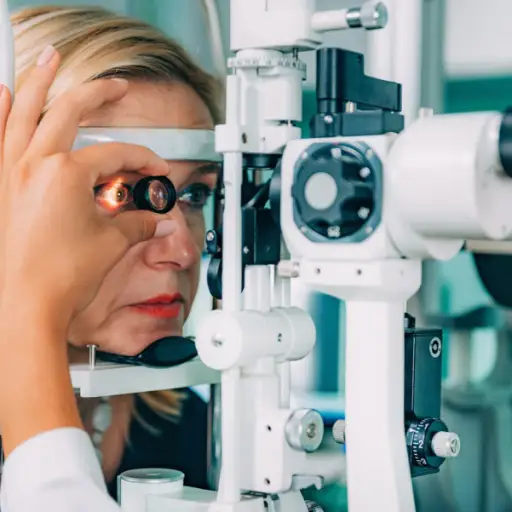

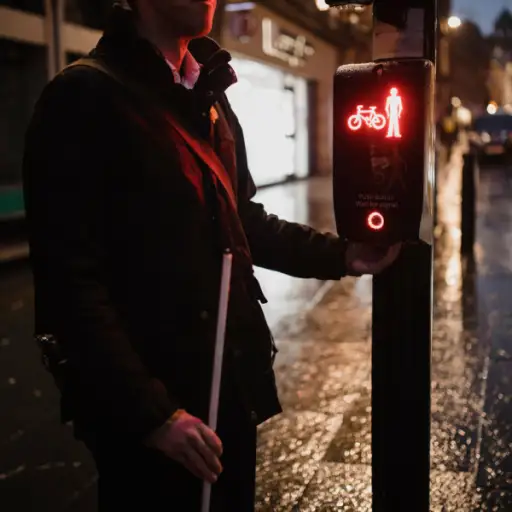

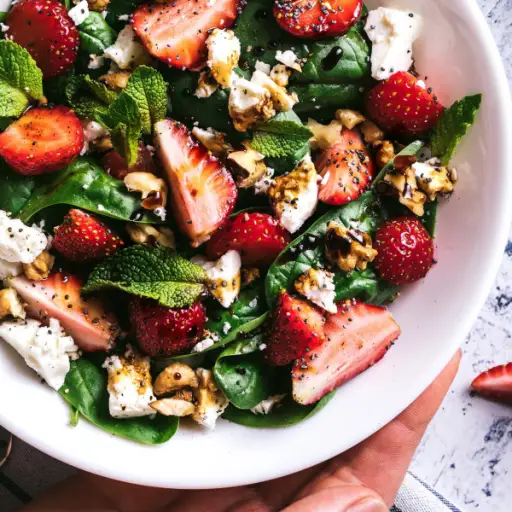

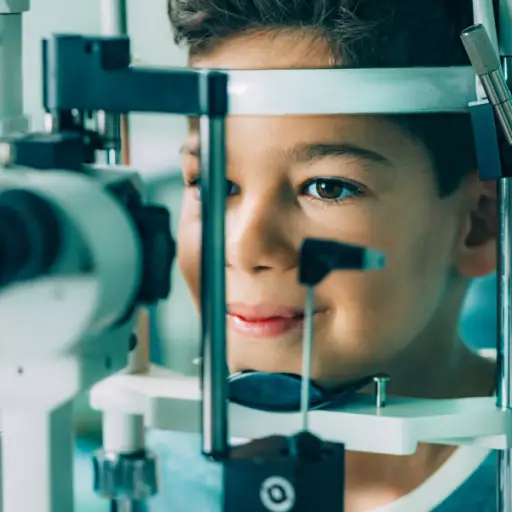
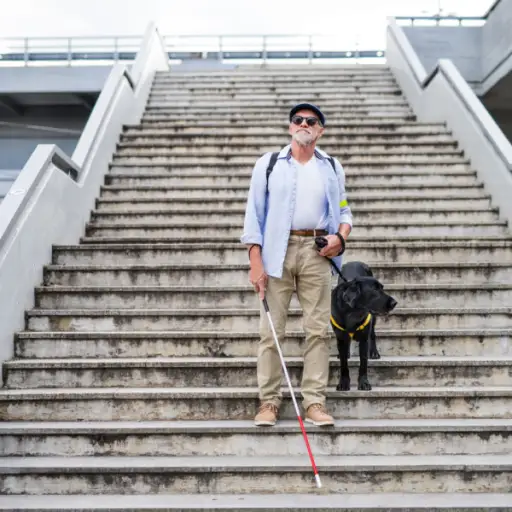
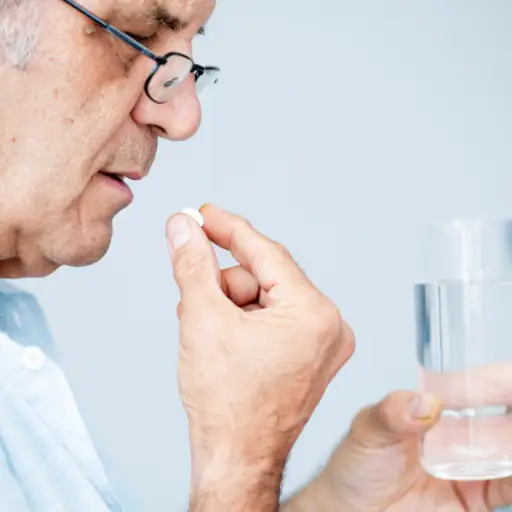



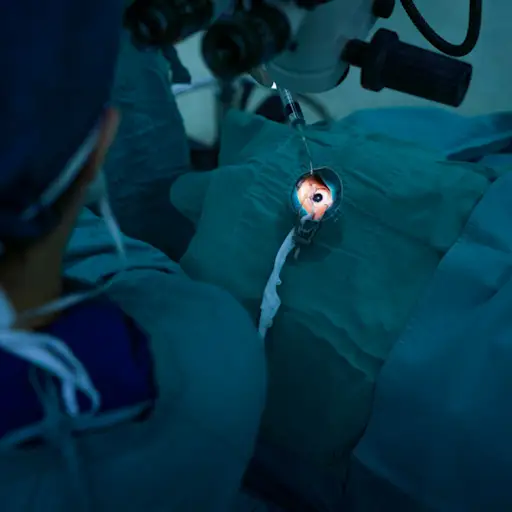
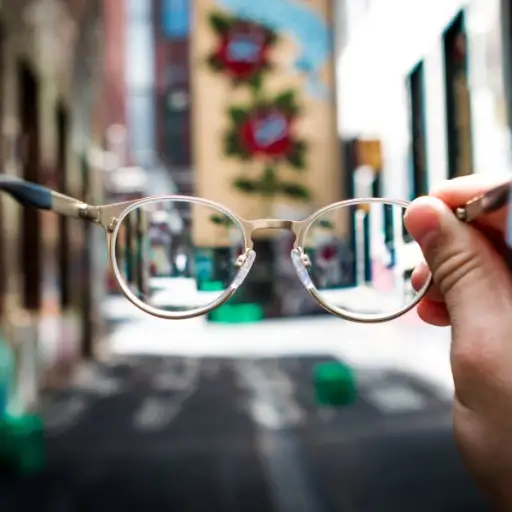


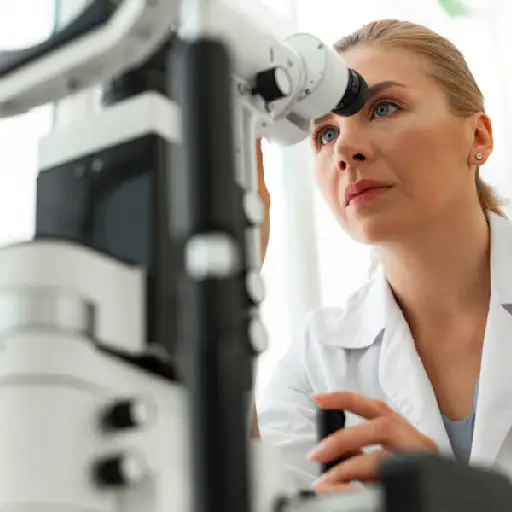
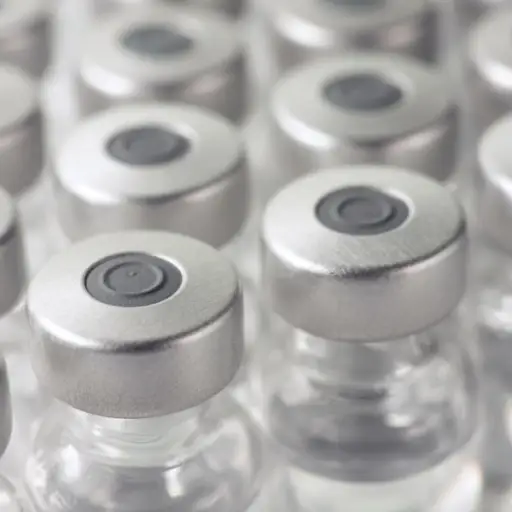
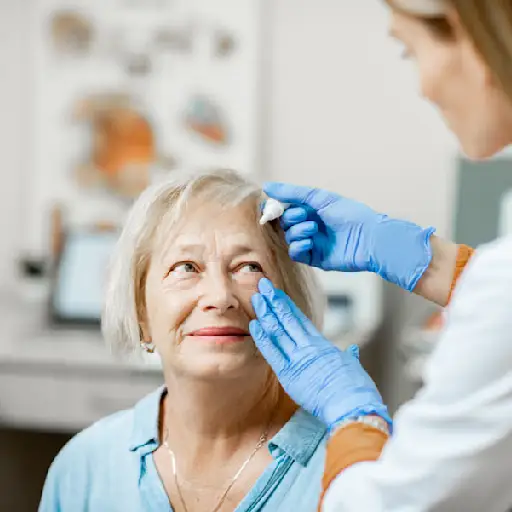
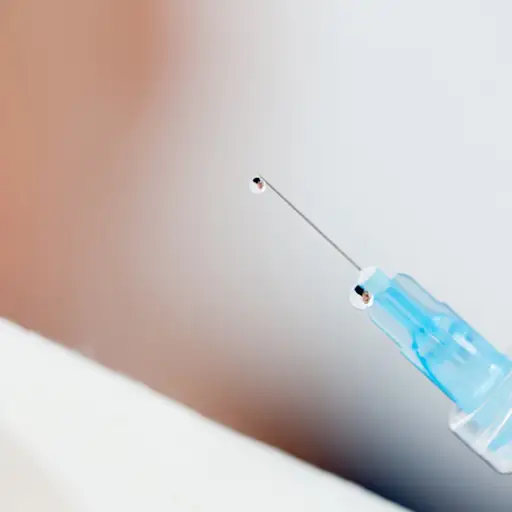
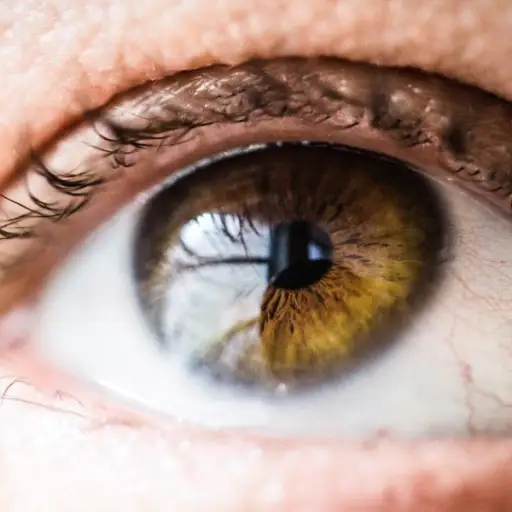

Leave a Reply